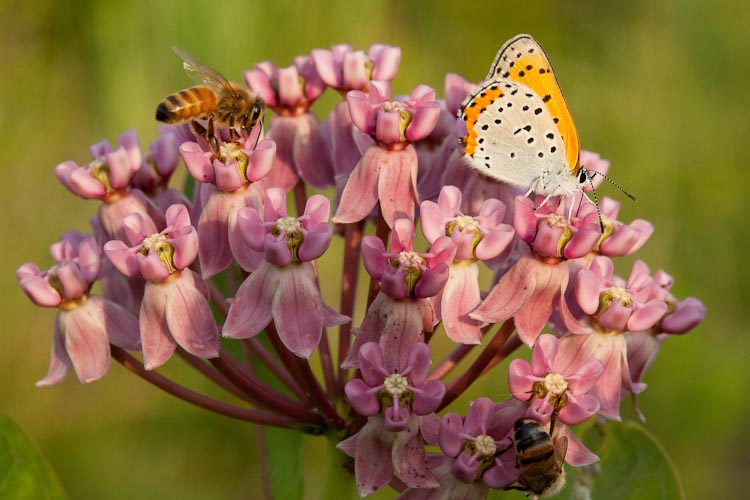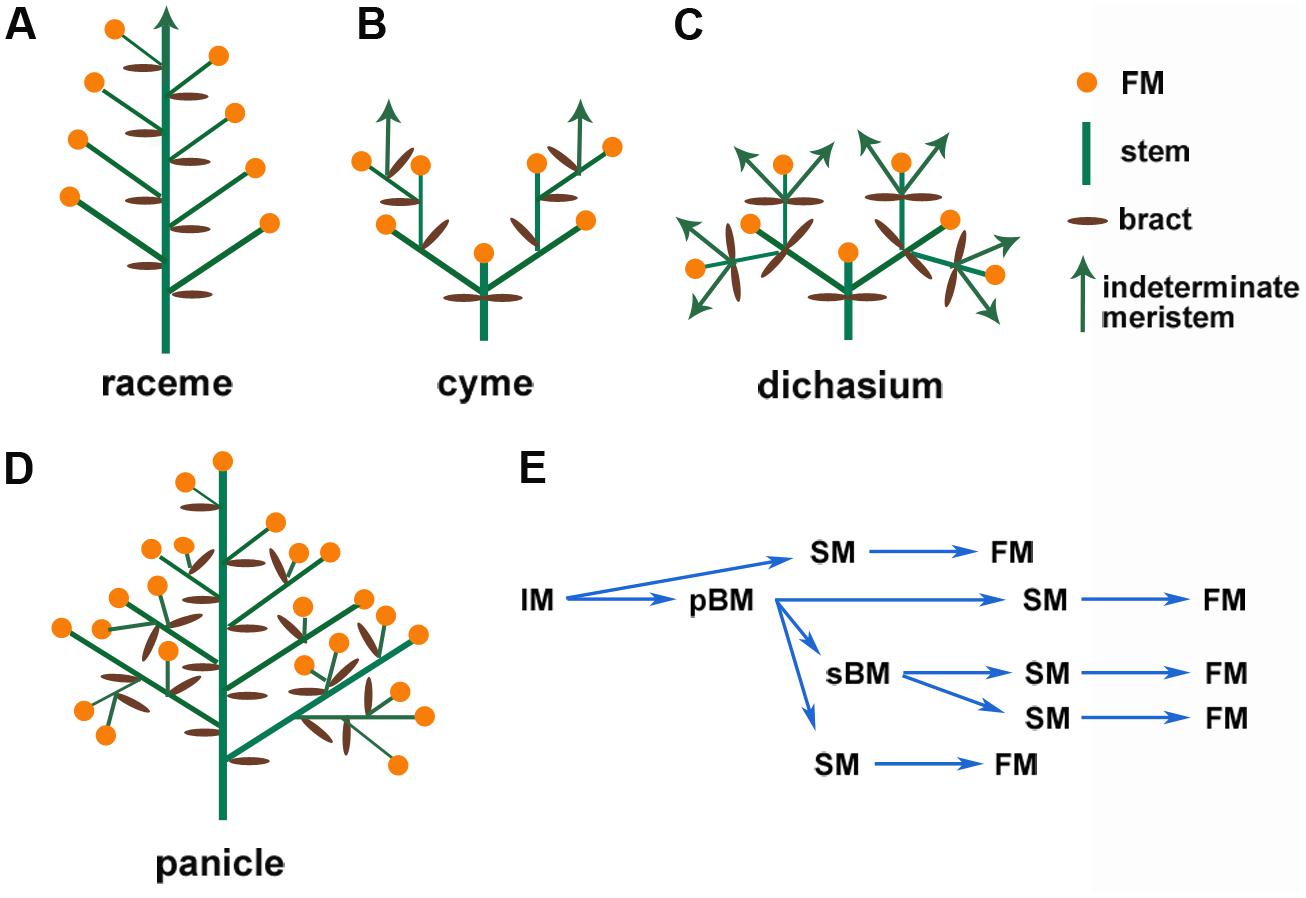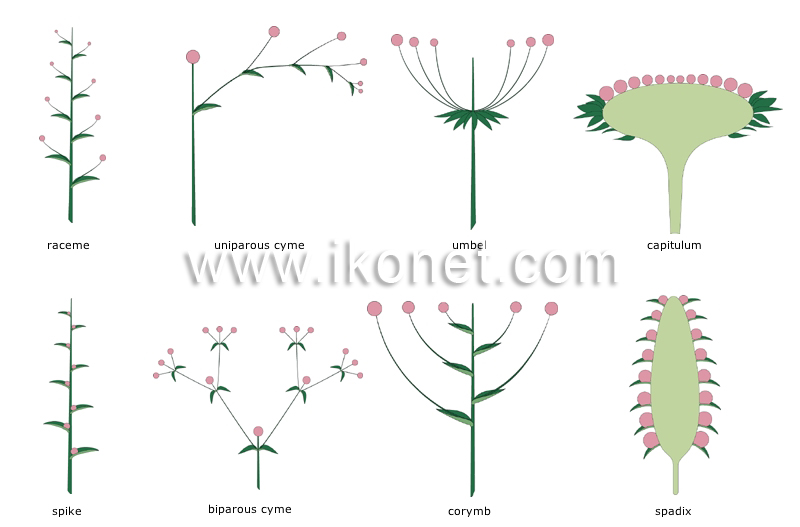

The upper stems are mostly leafless and hold cyme inflorescences of flowers. Dichasial cyme: In this type, the inflorescence constitutes three flowers with a central older flower being encircled by two adjacent younger flowers. Inflorescence composed of a main axis and laterally borne flowers with pedicels of equal length, all originating from the same point. Inflorescence can be broadly classified based on the following: Number and position of flowers Sequence of flower development The nature of inflorescence branching However, the common classifications of inflorescence are Racemose and cymose. All members of the arum family (Araceae) have a spadix inflorescence. Here, one inflorescence consisting of two clusters develops from each of the two opposite axils of the leaves.

When several flowers arise in a cluster on a common axis, the structure is referred to as biparous cyme Inflorescence whose main axis ends in a flower under which two lateral twigs develop the process is repeated under each terminal flower. In botany, an umbel is an inflorescence that consists of a number of short flower stalks (called pedicels) which spread from a common point, somewhat like umbrella ribs.The word was coined in botanical usage in the 1590s, from Latin umbella "parasol, sunshade". Mixed Inflorescence: In this case two or more types of inflorescence get mixed up to form a mixed … What is Hypanthodium Inflorescence? Some types of inflorescences characterize different groups of plants. It gives one or … A compound cyme of the elderberry, or European common elder ( Sambucus nigra ). Simple cyme (solitary): Determinate inflorescence consists of a single flower. The third (Snow-in summer) and fourth (Stitchwort) are dichasial (two flowers at each node). Polychasium: In this type oldest flower is in the center which is surrounded by more than two flowers from lateral side and below. Axillary Cyme: One or more flowers in the axil of a fully-developed leaf. Then other flowers emerge in the axis below this flower. For example, nearly all members of the carrot family (Apiaceae) have compound umbels. A simple cyme is determinate, with a grouping of three flowers on a peduncle. A cyme is a branching inflorescence with individual flowers at the end of each branch.

Examples include onion, carrot, and dill. Compound umbels are the typical inflorescence of most members of the carrot family (Apiaceae).

If there are more than one, the flowers are arranged in a pair-flowered cyme. Common types of inflorescences among the angiosperms. Example: terminal in Trillium grandiflorum and axillary in Hibiscus. In scorpioid type the flowers are produced laterally on alternate sides giving rise to zigzag nature (e.g., Heliotropium indicum, Hyoscyamus, etc.) This example is from Wikipedia and may be reused under a CC BY-SA license. This example is from Wikipedia and may be reused under a CC BY-SA license. The inflorescence is a cyme of sunflower-like flower heads borne on a hairy, leafless peduncle. Cymose inflorescence is of different types: Simple Cyme: The kind of the stem or the axil of the leaf might exhibit a single flower that exhibits a joint on the pedicel. Each cluster is a dichasial cyme reduced to two scorpioid.
CYME INFLORESCENCE FREE
Multiple sizes and related images are all free on.
CYME INFLORESCENCE SERIES
Example: Gladiolus, Liatris (purple poker), Freesia raceme: an indeterminate unbranched elongate inflorescence in which a main axis produces a series of flowers on lateral stalks, the oldest at the base and the youngest at the top. The inflorescence is of two types, they are: Racemose and Cymose. Flowers are sessile and appear in a false whorl or vertically around the stem. Racemose is a type of inflorescence in which the … See more. Some examples of Cymose inflorescences are shown here.


 0 kommentar(er)
0 kommentar(er)
